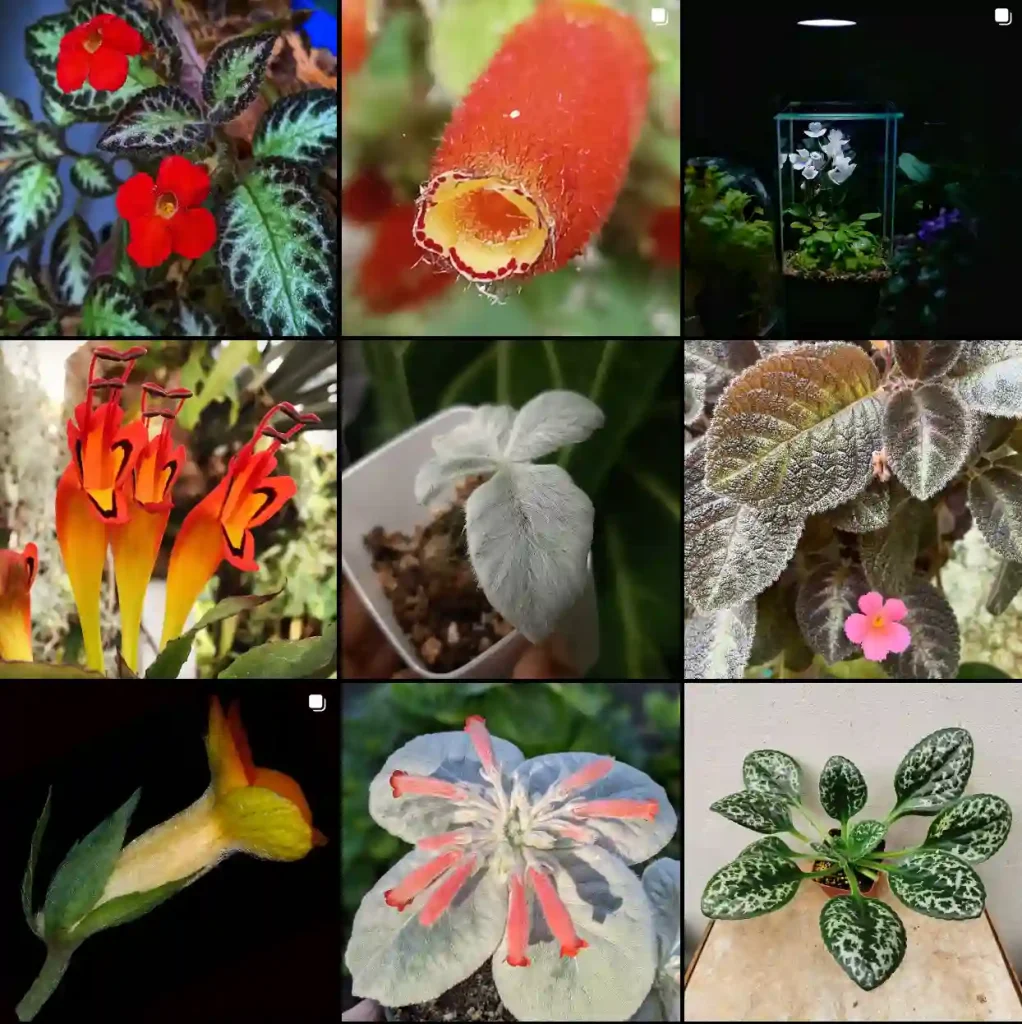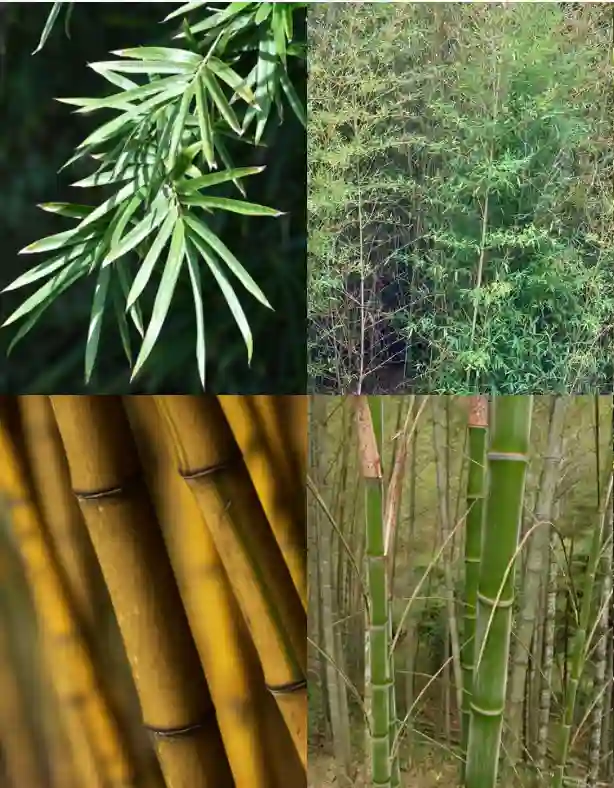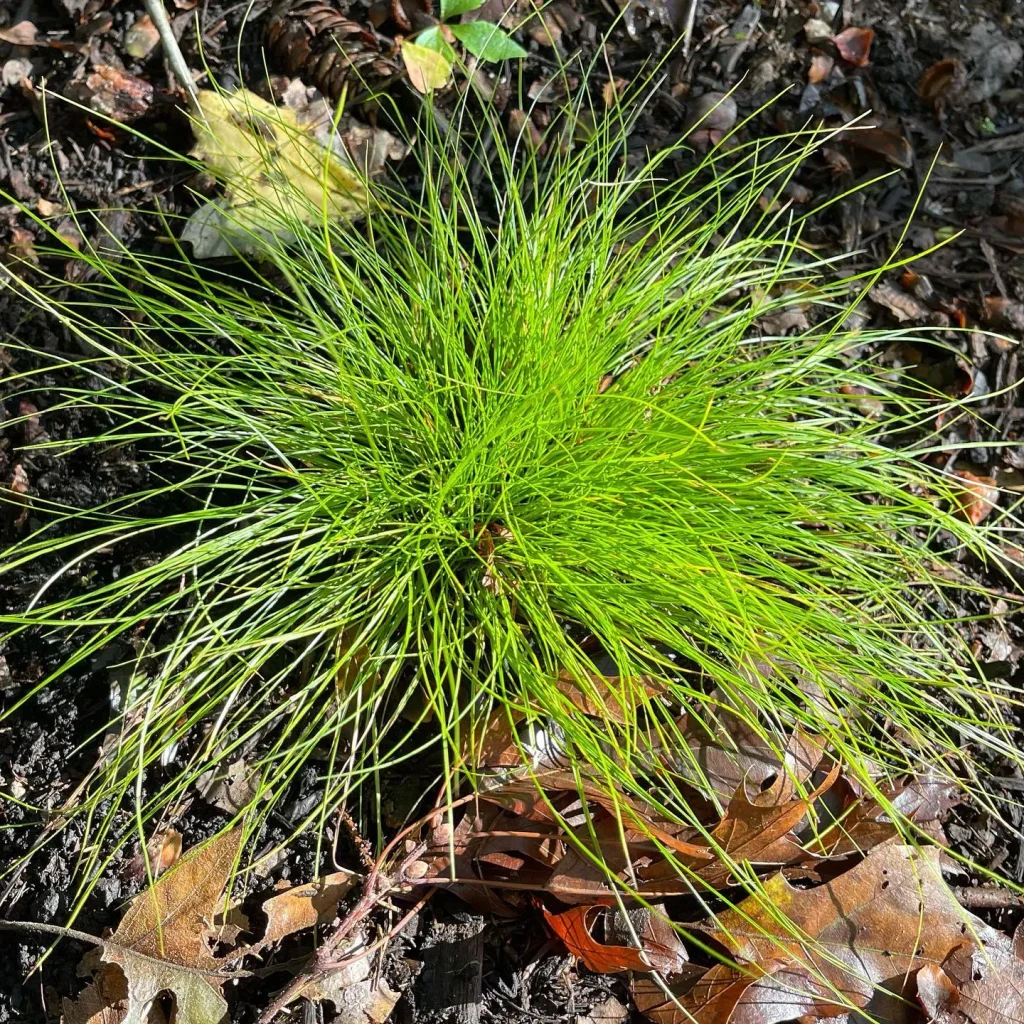Lycium: A Thorny Affair
I’ve always been drawn to the unusual, the plants that thrive where others struggle. That’s how I first encountered Lycium, a genus of flowering shrubs in the nightshade family, Solanaceae. These aren’t your typical garden variety plants; they’re tough, often thorny, and possess a unique beauty. Picture them: gnarled branches reaching out, adorned with small, fleshy leaves and delicate, often vibrant flowers, followed by enticing berries. They thrive in arid and semi-arid regions, a testament to their resilience.
My fascination with Lycium began with a chance encounter during a hike in the foothills. There, amidst the dry, rocky terrain, I stumbled upon a sprawling shrub laden with bright red berries. Intrigued, I delved into the world of these fascinating plants, discovering their rich history and diverse uses.
A Global Family with Diverse Roots
Lycium boasts a global presence, with species scattered across various continents. From the Americas to Eurasia, Africa, and even Australia, these hardy plants have adapted to a wide range of environments. This widespread distribution speaks to their adaptability and evolutionary success.
- Lycium acutifolium E.Mey. ex Dunal
- Lycium afrum L.
- Lycium amarum Lu Q.Huang
- Lycium ameghinoi Speg.
- Lycium americanum Jacq.
- Lycium amoenum Dammer
- Lycium anatolicum A.Baytop & R.R.Mill
- Lycium andersonii A.Gray
- Lycium arenicola Miers
- Lycium armatum Griff.
- Lycium arochae F.Chiang, T.Wendt & E.J.Lott
- Lycium athium Bernardello
- Lycium australe F.Muell.
- Lycium barbarum L.
- Lycium barbinodum Miers
- Lycium berlandieri Dunal
- Lycium boerhaviifolium L.f.
- Lycium bosciifolium Schinz
- Lycium brevipes Benth.
- Lycium bridgesii (Miers) R.A.Levin, Jill S.Mill. & G.Bernardello
- Lycium californicum Nutt. ex A.Gray
- Lycium carolinianum Walter
- Lycium cestroides Schltdl.
- Lycium chanar Phil.
- Lycium chilense Bertero
- Lycium chinense Mill.
- Lycium ciliatum Schltdl.
- Lycium cinereum Thunb.
- Lycium confertum Miers
- Lycium cooperi A.Gray
- Lycium cuneatum Dammer
- Lycium cyathiforme C.L.Hitchc.
- Lycium cylindricum Kuang & A.M.Lu
- Lycium dasystemum Pojark.
- Lycium decumbens Welw. ex Hiern
- Lycium densifolium Wiggins
- Lycium depressum Stocks
- Lycium deserti Phil.
- Lycium distichum Meyen
- Lycium edgeworthii Dunal
- Lycium eenii S.Moore
- Lycium europaeum L.
- Lycium exsertum A.Gray
- Lycium ferocissimum Miers
- Lycium flexicaule Pojark.
- Lycium fremontii A.Gray
- Lycium fuscum Miers
- Lycium gariepense A.M.Venter
- Lycium geniculatum Fernald
- Lycium gilliesianum Miers
- Lycium glomeratum Sendtn.
- Lycium grandicalyx Joubert & Venter
- Lycium hantamense A.M.Venter
- Lycium hirsutum Dunal
- Lycium horridum Thunb.
- Lycium humile Phil.
- Lycium infaustum Miers
- Lycium intricatum Boiss.
- Lycium isthmense F.Chiang
- Lycium kopetdaghi Pojark.
- Lycium leiospermum I.M.Johnst.
- Lycium leiostemum Wedd.
- Lycium macrodon A.Gray
- Lycium makranicum Schönb.-Tem.
- Lycium martii Sendtn.
- Lycium mascarenense A.M.Venter & A.J.Scott
- Lycium megacarpum Wiggins
- Lycium minimum C.L.Hitchc.
- Lycium minutifolium J.Rémy
- Lycium ningxiaense R.J.Wang & Q.Liao
- Lycium oxycarpum Dunal
- Lycium pallidum Miers
- Lycium parishii A.Gray
- Lycium petraeum Feinbrun
- Lycium pilifolium C.H.Wright
- Lycium puberulum A.Gray
- Lycium pubitubum C.L.Hitchc.
- Lycium pumilum Dammer
- Lycium qingshuigeense Xu L.Jiang & J.N.Li
- Lycium rachidocladum Dunal
- Lycium repens Speg.
- Lycium ruthenicum Murray
- Lycium sandwicense A.Gray
- Lycium schaffneri A.Gray ex Hemsl.
- Lycium schizocalyx C.H.Wright
- Lycium schreiteri F.A.Barkley
- Lycium schweinfurthii Dammer
- Lycium shawii Roem. & Schult.
- Lycium shockleyi A.Gray
- Lycium sokotranum R.Wagner & Vierh.
- Lycium stenophyllum J.Rémy
- Lycium strandveldense A.M.Venter
- Lycium tenue Willd.
- Lycium tenuispinosum Miers
- Lycium tetrandrum Thunb.
- Lycium texanum Correll
- Lycium torreyi A.Gray
- Lycium truncatum Y.C.Wang
- Lycium villosum Schinz
- Lycium vimineum Miers
- Lycium yunnanense Kuang & A.M.Lu
More Than Just a Pretty Face
While their aesthetic appeal is undeniable, Lycium species offer more than just visual delight. They play a crucial role in their respective ecosystems, providing food and shelter for various animals. Their berries attract birds and small mammals, while their dense growth offers protection from predators.
Humans have also recognized the value of Lycium for centuries. Beyond their nutritional benefits, these plants have a long history of use in traditional medicine. Various species have been employed to treat a range of ailments, from eye conditions to diabetes and even cancer. Modern research is beginning to validate some of these traditional uses, uncovering the potential health benefits of Lycium berries and extracts.
A Personal Connection
My own journey with Lycium has been one of discovery and appreciation. I’ve cultivated several species in my garden, marveling at their resilience and admiring their unique beauty. I’ve even experimented with incorporating their berries into my diet, enjoying their tart flavor and potential health benefits.
Beyond the practical aspects, Lycium has come to symbolize for me the resilience of nature and the interconnectedness of life. These plants, often overlooked or dismissed as thorny nuisances, hold a wealth of potential and beauty, waiting to be discovered.
As I continue to explore the world of Lycium, I’m constantly reminded of the wonders that nature holds. These unassuming shrubs, with their thorny branches and vibrant berries, offer a glimpse into the intricate web of life and the enduring power of adaptation. They are a testament to the beauty that can be found in the most unexpected places.



